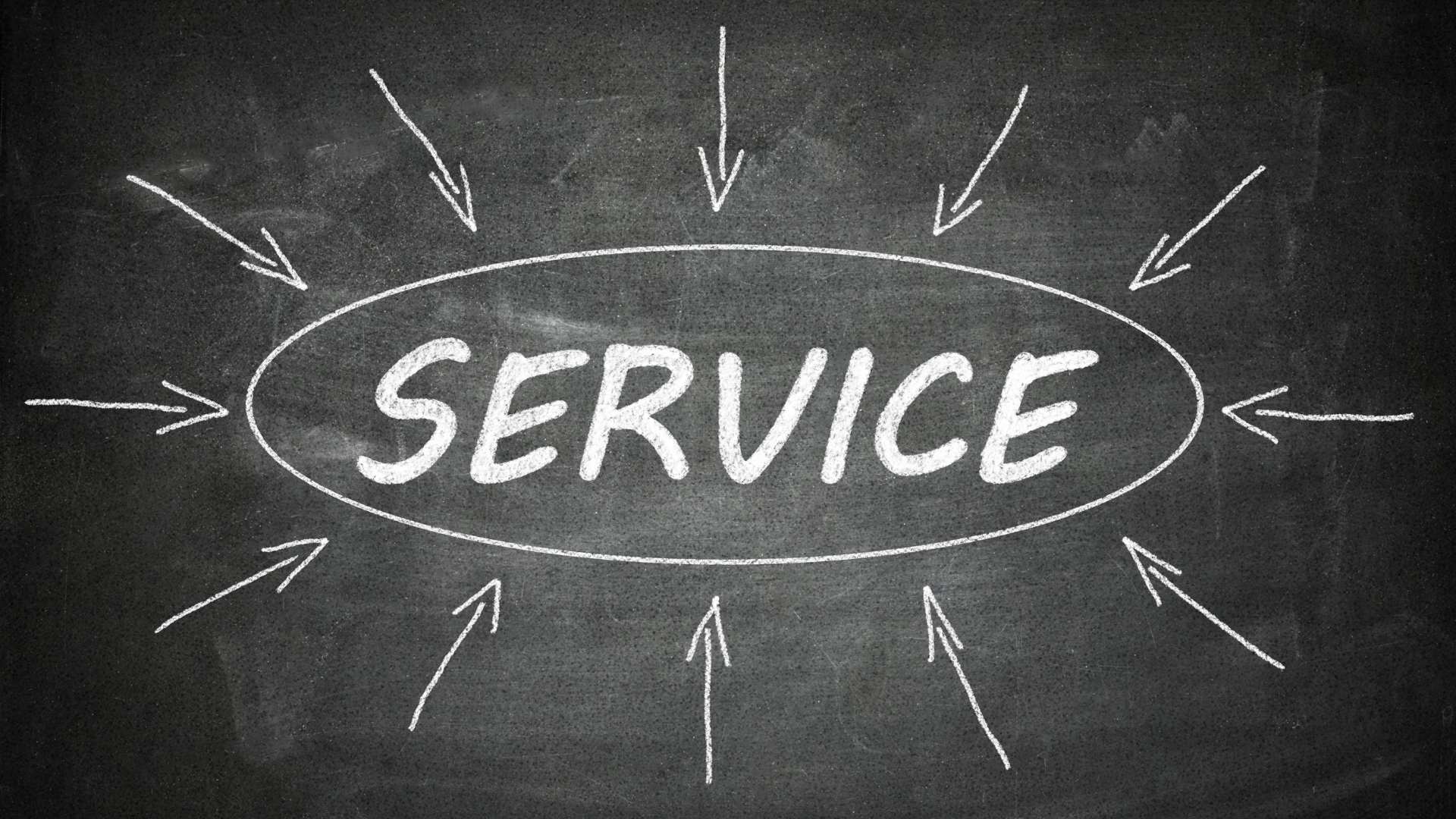Define The Service
Mar 15, 2021 • Features • management • BBA Consulting • field service management • Jim Baston • service strategies • Leadership and Strategy
Jim Baston, President of BBA Consulting Group, continues his series on “supercharging” revenue generation through the field service team. In this fourth blog he looks at identifying specifically what actions we need to take in order to define the service.
In my last blog, we identified the following list of possible steps we can take to ensure that our field service team is successful in generating new business opportunities:
- Define the service
- Support the initiative
- Get buy-in from supporting divisions
- Talk the walk
- Tell our customers
- Maintain focus
In this blog, we will look at the first step on our list – Define the service – and identify specifically what actions we need to take in order to do this.
Consider one of the maintenance services that you offer to your customers. Imagine for the moment that you left the details of what the service entails to each individual field service tech. What do you think would happen? One tech includes an oil change with every service. Another changes the oil every two services and a third does not change the oil at all. One tech makes certain adjustments and another doesn’t make any. In other words the service work completed (and therefore the service levels) varies depending on the tech that went to do the work.
Now think about how your customers will view your service offering. Will they be happy that the level of service provided would be determined by the person you send? Will they have confidence that they’re receiving “excellent” service? Will you keep them as a customer for long? Somehow, I doubt it.
So, if making proactive recommendations to customers is a service, then it’s important that we define what that service is, just as we would any other service that we provide. How are the proactive efforts of your field service team defined?
It’s best to start with defining specifically what we are doing. What is the service we are providing through the proactive efforts of the field service team? Why is this a service at all? What is the benefit for the customer?
Next consider what specifically we want the field team to do. Are there definite actions that we want them to take that will help them uncover opportunities to help? Are there certain questions that they should ask the customer? Are there any environmental factors that they should be on the lookout for?, etc.
What do we want them to do if they see an opportunity to help? Do we want them to bring it to the attention of the customer or simply record it on the work order summary for someone else to follow up? Will this expectation change depending on the size and scope of the opportunity? If they do bring it to the attention of the customer and the customer would like to explore the opportunity further, how is the opportunity captured so that nothing falls through the cracks?
And, remember to define the components of the service in terms of what the customer can expect. Can we be more specific about what the customer will receive? For example, our service might include an annual review of our performance with the customer. At the beginning of a contract, it could include a formal meeting where the key customer operational goals are identified and evaluate how we can contribute to these. Future meetings might involve reviewing the results of the proactive efforts of the field team over the past period, revisiting open recommendations and re-establishing operational goals for the coming year.
Reflection
Think about the product promotion efforts of your field service team. What can the customer expect when they sign up for this service? How will you describe it on your website?
Consider:
- Why is what you are asking your technicians to do a service (and not a sale)?
- Why are the field service team’s actions of benefit to your customers?
- What specific steps should all your field service technicians take to uncover and capture opportunities? For example:
- Should they make a special effort to visit with the customer before the service begins? After the service is completed?
- What questions should they ask?
- Are there specific things that the technician should look for or listen for that might provide them clues for opportunities to help?
- When an opportunity is found, what specifically do you want the technician to do with the lead?
- How and where do you want the technician to record the opportunity?
Further Reading:
- Read more about Leadership and Strategy @ www.fieldservicenews.com/leadership-and-strategy
- Read more exclusive articles by Jim Baston @ www.fieldservicenews.com/jim-baston
- Connect with Jim Baston on LinkedIn @ linkedin.com/jimbaston
- Learn more about Jim Baston and BBA Consulting Group @ jimbaston.com
- Connect with Jim Baston directly by email @ jim@jimbaston.com





















 Field Service News is published by 1927 Media Ltd, an independent publisher whose sole focus is on the field service sector. As such our entire resources are focused on helping drive the field service sector forwards and aiming to best serve our industry through honest, incisive and innovative media coverage of the global field service sector.
Field Service News is published by 1927 Media Ltd, an independent publisher whose sole focus is on the field service sector. As such our entire resources are focused on helping drive the field service sector forwards and aiming to best serve our industry through honest, incisive and innovative media coverage of the global field service sector.
Leave a Reply